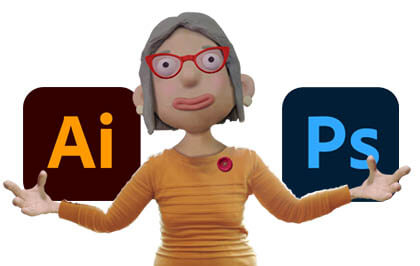
Choosing the right size for a puppet is an important decision. You may spend weeks building your puppet – only to discover you can’t get that close-up you require. So having an understanding beforehand is really important.
The first thing you need to understand is the difference between an Illustrator (vector) puppet as opposed to a Photoshop (raster) puppet. We have an article on that [here].
If you are building your puppet in Adobe Illustrator, you are best to build the puppet at a similar scale to how you will use the puppet. That way you can get the right level of detail into the design. For most that will be 1920 X 1080.
A great thing about Adobe Illustrator is it is vector based – which makes puppets created in Illustrator resolution independent. Just be sure your puppet isn’t using any raster elements (like textures). If your illustrator puppet is using raster elements, you’re really creating a raster based puppet.
If you intend to create a Photoshop puppet, you need to plan things before you start. What resolution do you intend to render the final video at? If you intend to render your final video at 1080P, that means your resolution is 1920 x 1080 pixels.
You may decide to set your resolution at 1920 x 1080 pixels then. But hold on! What if you need to zoom into the eye of your character? That will look really pixelated. So that means you need the puppet to have a much larger resolution than 1920 x 1080.
So you need to think about the overall resolution of your project, as well as any close-up requirements your puppet may have.
You might decide to make a HUGE puppet that will never have any such scaling issue. But if you make a gigantic puppet, it may be a strain on your processor and ram. Especially if it has various views, outfits or accessories.
Nobody wants to work with a puppet that takes forever to load and operate. So you may want to create your original Photoshop puppet at a larger resolution, and then save a smaller version and use that as your main puppet. That way you always have the larger version handy if you require that extreme close up later?
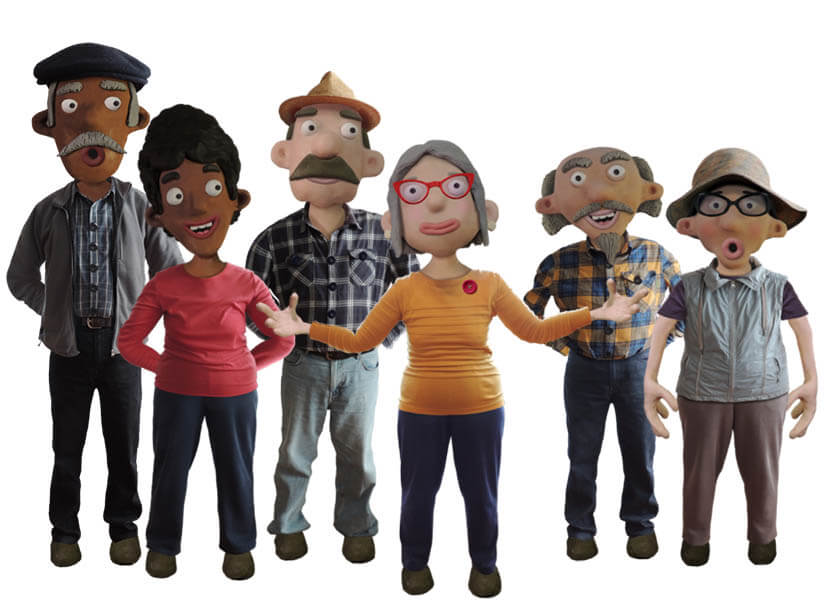
In our ‘Clay Mates’ puppets we set the resolution to around 1100 pixels wide and 1450 pixels high. When we rigged these puppets they are set at about 60%. That gives them room for zooming in and not looking pixelated. These puppets will hold up for a head and shoulders shot. However, if you needed an extreme close up, they might look a little ‘soft’. This size choice means they will work efficiently on older computer systems, while having enough resolution to hold up for most uses. In a professional production you would have the same puppet built at various sizes.
As an exercise – lets scale one of the Clay Mates puppets to 1000% (something you would never need to do, but we want to see how the pixels appear).
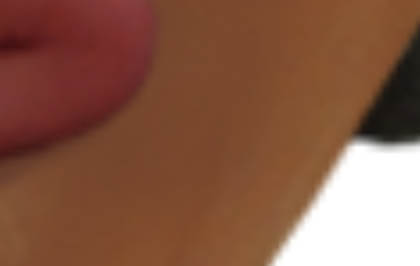
Because this puppet is raster/pixel based, we can’t do anything to improve this.
Now lets import a vector based puppet and zoom in to the same level;

Notice how it also looks pixilated? If you select the puppet in the project window (the puppet – not the scene) you should notice on the right of screen under ‘Puppet’ are some settings you get with a vector puppet. ‘Render as Vector’ and ‘Resolution’.
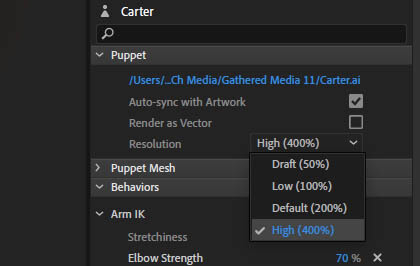
Render as vector does what it says. It will render the puppet so it is always crisp and sharp. Unfortunately there is a bug in how it interprets artwork that uses transparency. So many vector puppets won’t be able to use this setting. Hopefully there is a fix for this soon. Feel free to try it, but it may not work with your puppet.
The next setting is a dropdown menu. It says ‘Resolution’ and offers Draft (50%), Low (100%), Default (200%) and High (400%). Most vector puppets will look fine at Default. If you are scaling your puppet up, and you’re noticing the pixels, you can use the High setting to double the quality of your puppet.
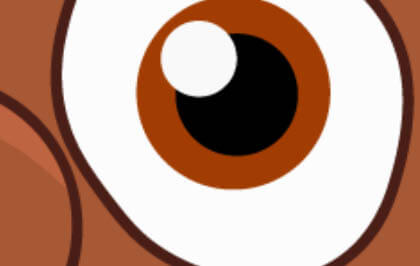
In this article we discussed choosing the best size for a vector and a raster puppet. Scaling both in Adobe Character Animator and how to enhance a Vector puppet that might be looking pixelated.
ElectroPuppet acknowledges the traditional custodians of the land, the Gumbaynggirr people.
We pay our respects to their elders, past, present and emerging.